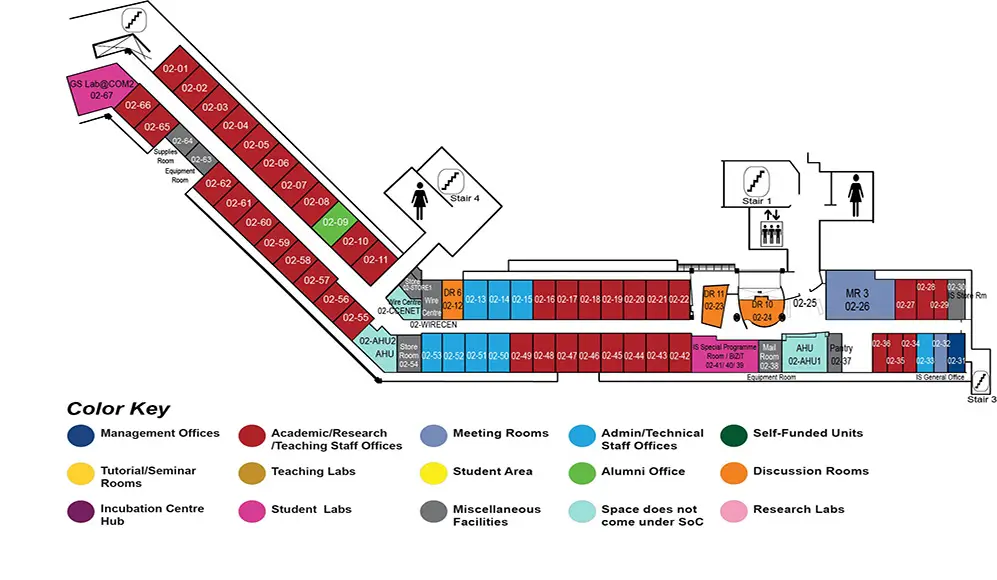Managerial Attention and The Emergence of IT Control Weaknesses: A Behavioral-Based Theory
COM2 Level 2
MR3, COM2-02-26

ABSTRACT:
Failures in IT-related internal controls signal that the management of IT resources in an organization can be problematic. These problems can lower the reliability of the information and processes on which an organization relies to do business. While prior research on the presence of IT-related internal control weaknesses has focused primarily on principal-agent issues, this article puts forth an alternative and complementary behavioral-based theory. We argue that IT Control failures are more probable when managers shift their focus of attention, specifically when firms: i) perform below their aspirations, ii) are near financial distress, or iii) have abundant slack resources. Applying a logit regression to a dataset of IT-related internal control weaknesses, we find that firms reported more material IT-related internal control weaknesses when they faced financial distress, had a significant amount of unabsorbed slack, and achieved performance below their historic aspiration levels.
BIODATA:
Harminder Singh is a Senior Lecturer in the Faculty of Business & Law at the Auckland University of Technology, where he teaches courses in information systems. His primary area of interest is the tension between change and control in IT-enabled work environments, and how this is governed. For his dissertation, he examined the phenomenon of portfolio drift. Using Bourdieu's practice lens and the concept of sociomateriality, he identified different patterns of drift, and their antecedents and consequences. He is also interested in multi-level methods and spatial data analysis. Prior to his research career, he was a financial accountant and auditor in Singapore. He has a PhD from the Eli Broad Graduate School of Management in Michigan State University.

